|
Yes, you read that right! There will be a Team Hilltop Cloud in this years Spinzilla. I was talked in to it by the Handspinning News UK team who were pretty keen to get another team based in the UK. Spinzilla is a global event, similar in many ways to the Tour de Fleece, but where as the Tour is a chilled out, just try to spin every day challenge, Spinzilla is a little more hardcore! This time you do have to record the yardage you spin, and there is an element of friendly competition. It runs from October 3rd- October 9th. The team itself is made up of 25 spinners, and the only way to sign up is via the Spinzilla website from September 1st. Registration opens at 10am EDT, which I am assured is 3pm UK time. Once the spaces have been filled then that's it, and it's not a process I have any control over, so please don't send me any messages asking to be on the team. The link to register will be here when registration goes live. It costs $10 and all money raised goes to the Needle Arts Mentoring Programme. I'm not going to be competing directly myself, but I will be cheering you all along, and am being aided by an assistant who is going to be spinning along with you. The team thread on Ravelry can be found here, you're welcome to come and start chatting with us before registration starts. Officially we're based in the UK, but spinners from anywhere in the world are welcome to join us. As a special Spinzilla celebration I've created a special Bach Pack colour way that I'm calling Shetland. It's roughly based around the colours of the islands, crystal clear sea, stormy skies, moorland grasses, and the red of agricultural buildings. It's not available yet as I only dyed the first batch today, but here's a little clip of me working through the colour creation. Many Spinzilla spinners choose to use fleece (though not all), so I wanted to create something that was a bit of a break from miles of natural coloured singles. It will be available on the Superfine Shetland base only. This will be a limited edition colour way, but will be available for anyone to buy, you don't have to be a Team Hilltop Cloud team member to get your hands on one. I'll be announcing when they're available via the shop mailing list. My job takes me to lots of different parts of the country, but I rarely get chance to stop and see them. This time with the long drive up to Scotland I decided that I was going to take a couple of days off on either side and actually go and see some touristy sights. I stayed overnight with my brother in Sheffield, so headed north up the M1, and then carried on up the A1, I love Northumbria, and wanted a break from motorway driving. I stopped off for lunch in Whitley Bay, just north of South Shields, and had a lovely time scrambling on the rocks, and laughing at this labrador bouncing around in this pool. On a very grey morning I stopped off in Falkirk to see The Kelpies. They're even more stunning in person, and I imagine the sensation of going underneath them in a boat must be completely surreal. Then it was up to the Highlands for my workshop. Not a huge amount of time for anything but work, but a couple of people in the guild recommended I look out one of the ancient stone circles a couple of miles away. Easter Aquhorthies is a recumbent stone circle from the Neolithic period, and is pretty impressive. Leaden Skies were a feature of my time away, though I had it lucky in comparison to home where they had nearly 15cm of rain over the course of 3 days. My last stop on the way home was New Lanark, a place that I have driven past so many times, but never been able to stop! It's a lovely place, a very nice balance between a living community (people still live in many of the mill cottages), but also educating people about the past. Though I suspect I would have felt differently if I wasn't visiting on a Monday after the Scottish schools had gone back. It's less of a textile historical site, and focuses more on Robert Owen. He was a socialist utopian, who believe in all sorts of crazy things like children going to school and not working, clean decent quality housing for his employees and an 8 hour working day. He was also one of the founders of the co-operative movement. A real reformer when the dark satanic mills were at their height. In an effort to burn off some calories from all the meals out I even took a walk up to the Falls of Clyde. I also took lots of photos of displays as some research for Newtown Textile Museum (particularly relevant as Robert Owen was born in Newtown and buried there, we even have a small museum in town about him). We have a lot of work to do over the winter, and need to make some decisions about displays (providing we can find funds, even if you're not local we can accept donations via the website, and maybe you can plan a visit next year to see what we've done with the money). Having examples on how other places present information will help us make some informed choices.
When all's said and done though, it's hard to beat home when you get a view that looks like this... This is another part of my Spinning With a Purpose series of posts. Missed the others? You can find them here. I'm off to Scotland this weekend to run 2 workshops. One is brand new and based around spinning hand dyed fibre, the other is fast becoming my most requested workshop, aimed at getting spinners to really think about the yarn they're producing, and being more confident at matching it to a project. The other posts have shared the swatches I created as teaching tools, but this time I'm going to show you one of the most useful things I think I hand out to hand spinners. I started getting in to all things yarn related by learning to knit, and because I learned at a time when online shopping, and online knitting communities were just being started I became exposed to a vast variety of yarn. Probably far more than I would have done without being online. I had a reasonable sized budget for yarn, and used to enjoy spending it! I bought all sorts from many different sources. As a result I got educated pretty early on just how varied commercial yarns really are. I also developed a pretty good handle on just how thin or thick different yarn categories are, and how sometimes yarn companies are rubbish at classifying their own yarn. I got confident making yarn substitutions from those listed in the pattern, and that is a really useful tool as a hand spinner, as you're never going to be using the exact yarn the pattern asks for. During my workshop I get people to look at the structure of these commercial yarns. We also look at their comparative thicknesses, and discuss how metres per 100g is not always a good indicator of thickness. It's also why doing a straight yarn swap without thinking about what the original yarn called for in the pattern doesn't always work.
This sample card contains yarn of a full variety of thickness, yarn structures, and fibre compositions. It's a really handy tool to keep around purely as a reminder of how commercial yarns can be so very different. It's also a good control card, if you want to spin the equivalent of a commercial sock yarn you really do need to spin something incredibly fine. When I spin for a specific pattern I usually look carefully at the original yarn the pattern was designed to use. If I'm knitting colour work then I know I need a yarn similar to Jamiesons and Smith 2-ply Jumper Weight, if I'm knitting socks then I need to match something like the Knit Picks Hawthorne, or for a truly hard wearing yarn something of a similar construction to the Aracania, or an Opal sock yarn. So if you have a commercial yarn stash, maybe pull off a few centimetres and start making your own sample card. If you don't, but know you want to spin for a specific pattern, and are really not sure what the original yarn is like it might be worth investing a few pounds in buying just one skein/ball. Or ask around, why not do a commercial yarn sample swap at your local guild. Sometimes I have projects that I dream up and complete almost instantly. Other times the idea has to stagnate for a while, real life seems to get in the way of crafting dreams! Kate Davies Yokes book has been out for a long time now, but when it was first released it was a similar point in time to when I was developing the Hiaeth range of tops. I saw Cockatoo Brae and immediately wanted to do one in handspun, using Hiraeth as the colour work. Two years later and I've finally done it. The main body uses a BFL part-fleece I've had for years, plyed with some coloured Romney that I picked up at Proper Woolly 2 years ago. The coloured parts of the yoke are Hiraeth (Pendragon, Ynys Mon, Rhos, Sheep, Blue Lagoon, Pembroke and Dinorwic) with plain white BFL as the back ground. I've not checked yardages, but I suspect a sample pack would give you plenty of yarn for this part. Mine is a more rustic, less fitted version than the pattern original, but I have plenty of fitted cardigans, and wanted something a little more boxy. The button band is backed with grosgrain ribbon, and then has snaps for closing it, I'm never happy with the finish of knitted button holes, they're always a little sloppy for my taste, and this solves that problem nicely. Copper buttons from Textile Garden complete the illusion of a normal cardigan.
Very slowly my flock of chickens has been reducing in number. Of the original 6 only 3 are left, and some of the later additions also died. Life is good if you're a chicken in Dugoed. You get to be completely free range over 3/4 of an acre of garden, and have free run of the sheep field behind us. There's always a human who will indulge you in a handful of peanuts, or will turn over a patch of garden just so you can find worms.... However, in order to maintain the good life there needs to be a balance of males and females. Of course, the last batch of eggs that I hatched were all males, and I seem to have been playing catch up ever since. Hence, 4 new additions to the flock. Meet Lazy & Kate and Niddy & Noddy. They're 4 young Pekin pullets, the same breed as the rest of my flock (if you ignore the Big Bird). They're still quite young, so no eggs laying for a while, but will hopefully keep my flock of boys happy. Kate is the tiny Millefleur speckled one on the right, and is already the character of the group. First out for food, never stops eating, and is tiny in comparison to the others. Lazy is the dark brown, she had to be the opposite to Kate because so far she seems to be able to have a nap anywhere... Niddy is the grey lady, and Noddy the brown. They've yet to reveal themselves as much as the other two in terms of character. When you've been raised in a shed, with attached run, with 30 other chickens for company, moving to our green and open garden, with regular human contact is a real shock to the system. When I got Penny and Farthing 2 years ago it took them a month before they left the top lawn and dared to venture down the steps! They'll get there though.... They've already been introduced to worms! Niddy was a particular fan, it won't take the others long to learn.
Back in March I set the members of the Hilltop Cloud Ravelry group a challenge. I called it In5pire. The group has always been focused on sharing what we make, so I wanted to do something to celebrate the 5th anniversary of Hilltop Cloud that was all about sharing, making, and was something that anyone could join in with. The challenge was to take one of the images I put together on a special Pinterest Board, and to use one of them as the start of a design process. They could create whatever they wanted, but they had to document their progress! 58 people took part, and an amazing 21 got their projects finished by the June deadline. There were art yarns, gradients, lace weight, cabled yarns. Some designed their own patterns, others ventured in to free form knitting and weaving, other used classic pattern drafts. The one common thread were the set of inspiration images, na that they were all using Hilltop Cloud fibre. If you have some spare time then it's worth browsing through the thread, or if you just want the shortened version this link just shows posts containing photos. It's well worth looking through. After a short delay, while I travelled up and down the country teaching, I finally managed to sit down with Jill Shephered aka. wriggglefingers (who rather handily is also a spinning tutor, and used to teach Design in schools). There were prizes on offer, not for the most technically difficult project, but for the one we felt showed the most evolution, the most problem solving skills, and the most thorough testing and documentation. It was really tough as so many of the entries had done an amazing job. In the end our winner was this shawl. It was designed by Anne-Lise. She had already spun her yarn before the challenge started, but the motifs used in the shawl went through a huge number of changes while she settled on the right combination. From her project notes- My inspiration is this one, which inspires me because it is both nature and culture, new and ancient, it is still here and at the same time lost to us. I will try to incorporate those thoughts into the design. April 20, 2016Have been swatching. Barbara Abbey tells us in her book “Knitting Lace” that she has collected old, as in 1850’es old, knitted lace patterns for a long time, and in this book presents the ones she likes the best. She says many are very old, but she never once mentions her sources. I have found a very nice edge pattern in the book, which is presumably from a very old source. I have no way of finding out. It might be from Weldon’s Practical knitter, or from Miss Lambert’s “Knitting Book”, or it might not. I found a similar, but also quite different edge in Barbara Walker’s treasuries, where it’s called a Portuguese edging. I swatched both edgings to see if the yarn liked them. They are both garter stitch, and I tried that, and then I tried st st, and the pattern definitely wants to be garter stitch. None of the patterns were really completely as I wanted them (odd holes and weird beginnings), so I have been spending the day trying to cook up my own version. I found a nice way that fit the number of rows I needed, but I want to let it rest over night to see if I really like it… May 10, 2016Swatching the body stitches, I was thinking about other historical evidence in Wales, going further back. Romans, certainly. Roads and forts. I swatched the “Roman stripe” pattern from Barbara Walker, the yarn liked that a lot. I also swatched two other patterns that looked promising, a brioche stitch and something I thought might look like stone walls, but they didn’t work at all. Vikings, certainly. Raids and stories… We could let some cablework symbolise the Vikings, and as they would have been using arrows to defend themselves, it fits well with an arrow-and-cable combination. I swatched and found that it would be nicer with a 3-braid than a 2-braid, and I will probably add some purled sts on either side of it to make it stand out better. But the yarn liked it a lot. So, there we have all the elements, now I can begin knitting! Of course, things never go smoothly, and it was lovely to see how the design evolved. The finished shawl just spoke to me of Wales, in a way that I can't really put in to words. I know Anne-Lise is currently working on writing up the design, and I think I will need a version of my own. I knew it was going to be hard to pick just one winner, so also said that there would be a runner-up prize. This Rose Quartz inspired a lot of people, but Carrie's interpretation in to weaving was stunning. Her pattern draft, the manipulation of the silk & kid mohair skeins she spun to match the colouring, the use of a sparkly fibre at the edges, it all makes for a beautiful project. A few other projects also caught our eye...
There was also a random prize, and it was won by Kate. Her free-form weaving was a really strong contender in the judging, and has definitely inspired me to actually do something with those old pictures frames I'd been saving for just this purpose! I can't think of a better way to bring the end of my 5th anniversary celebrations to a close. I love what I get to do on a daily basis because I love seeing how my fibres get transformed. Fibre can be beautiful to look at, but until you turn it in to yarn, and then turn that yarn in to stunning, useful objects it's not reached its full potential.
If you joined in the challenge, thank you so much. Even if you didn't finish, thank you for sharing your knowledge. If you didn't join in, do go and read the thread, click through to the project pages, favourite the ones you like, and leave some comments. Oh, and watch this space... apparently they'd like to do it again in a little while! |
Archives
January 2024
Categories
All
|
Hilltop CloudHilltop Cloud- Spin Different
Beautiful fibre you'll love to work with. Established 2011 VAT Reg- 209 4066 19 Dugoed Bach, Mallwyd, Machynlleth,
Powys, SY20 9HR |

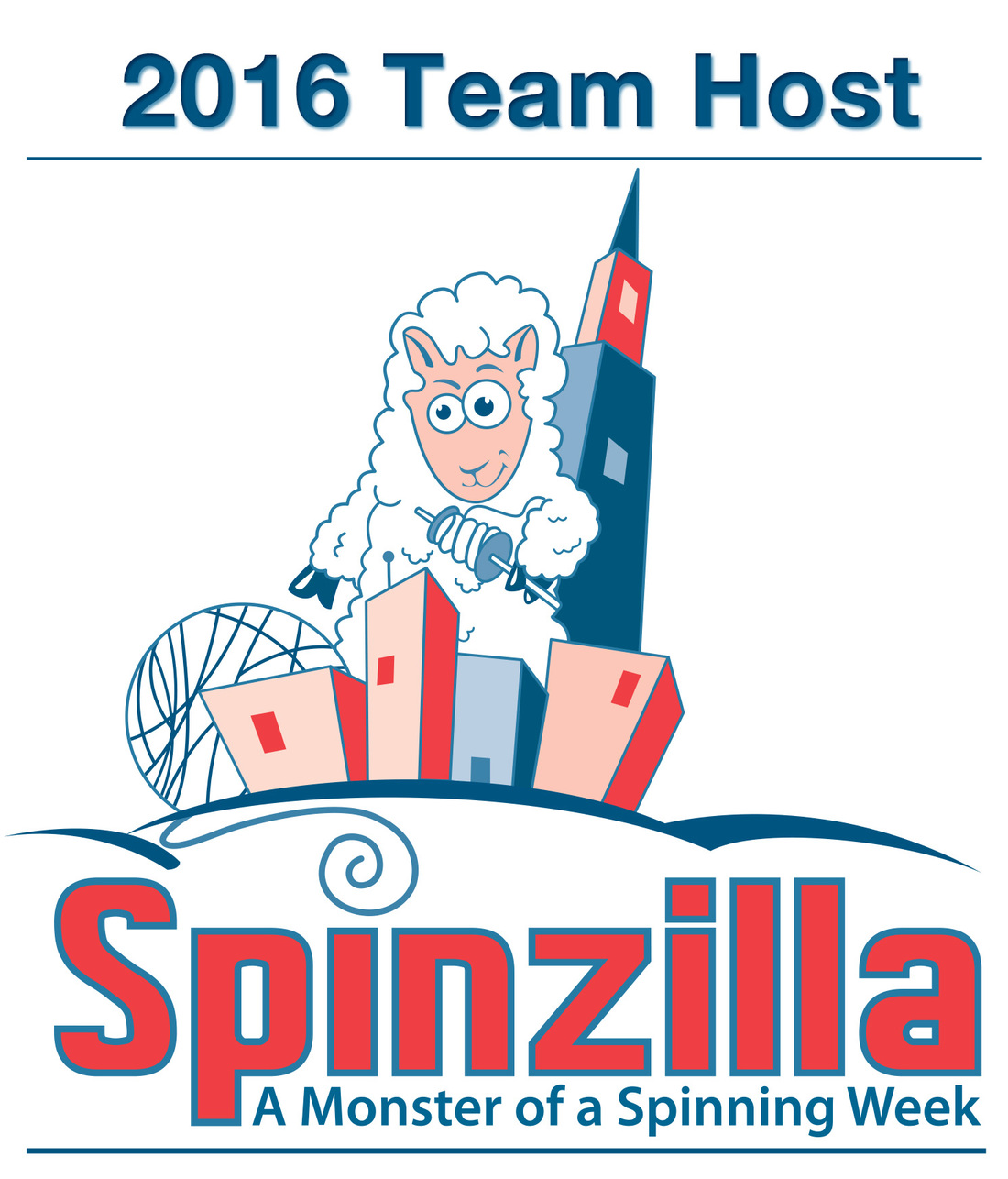

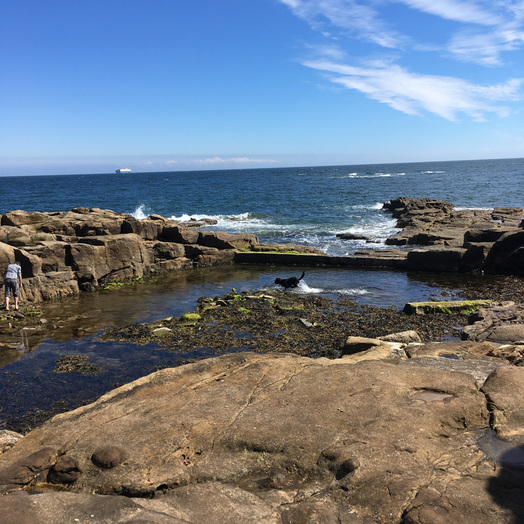
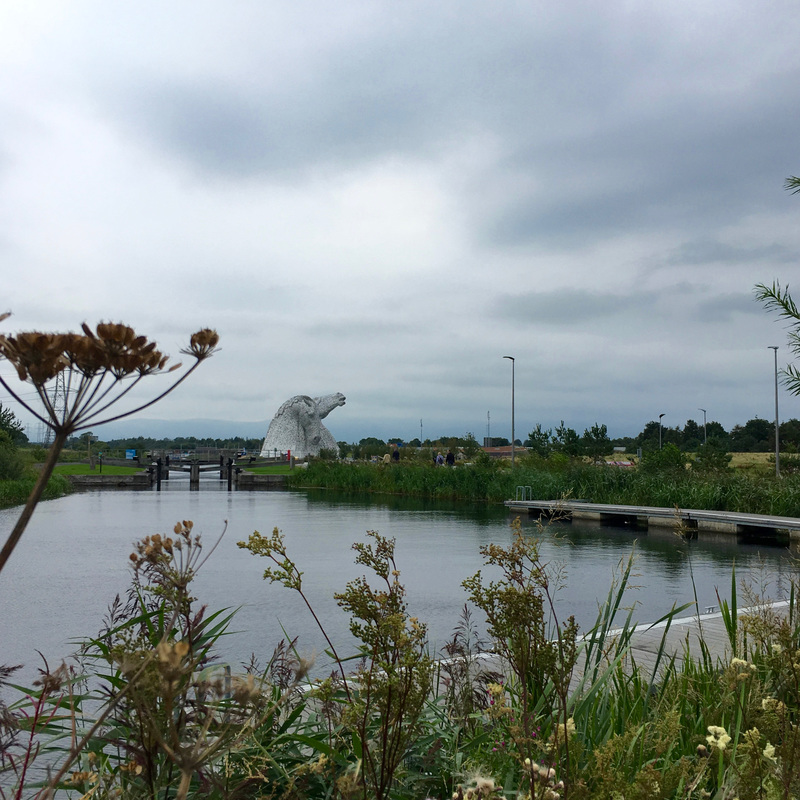
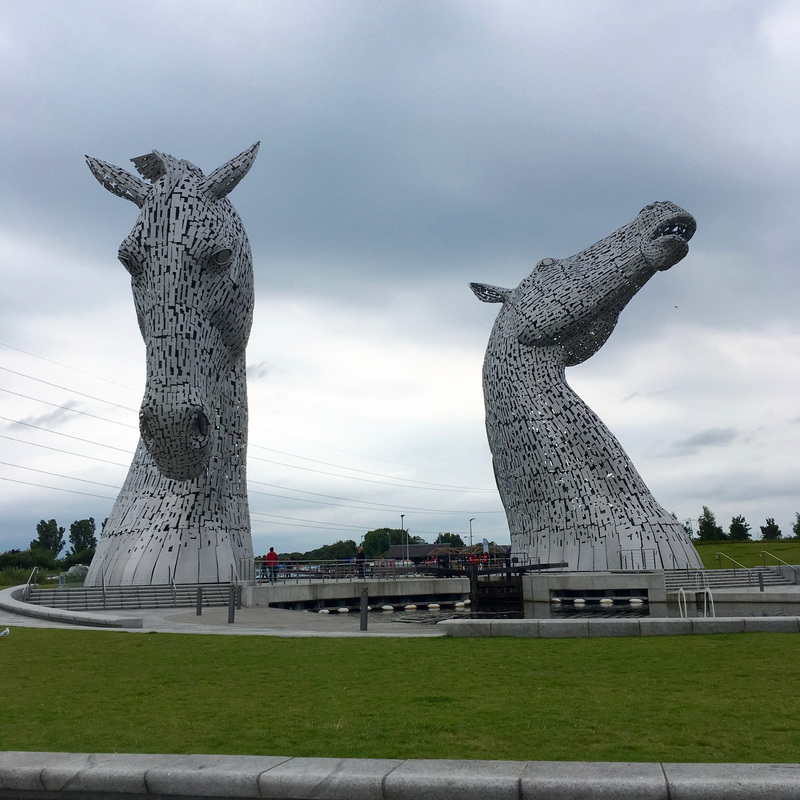
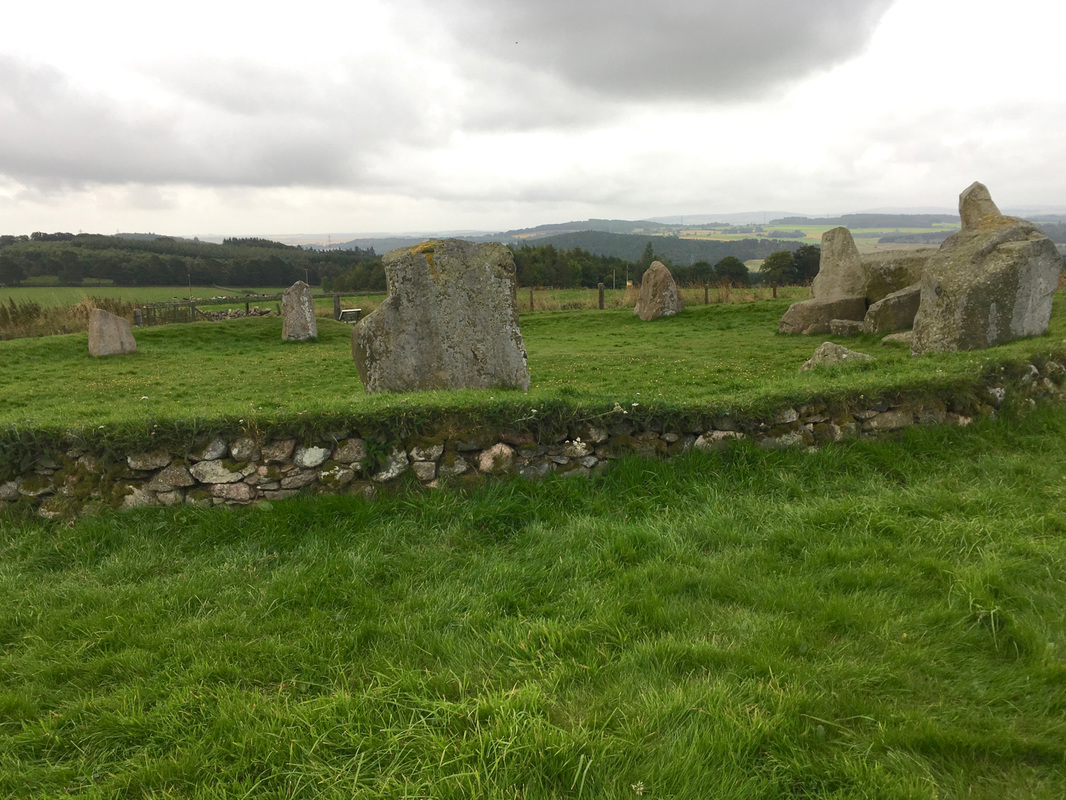
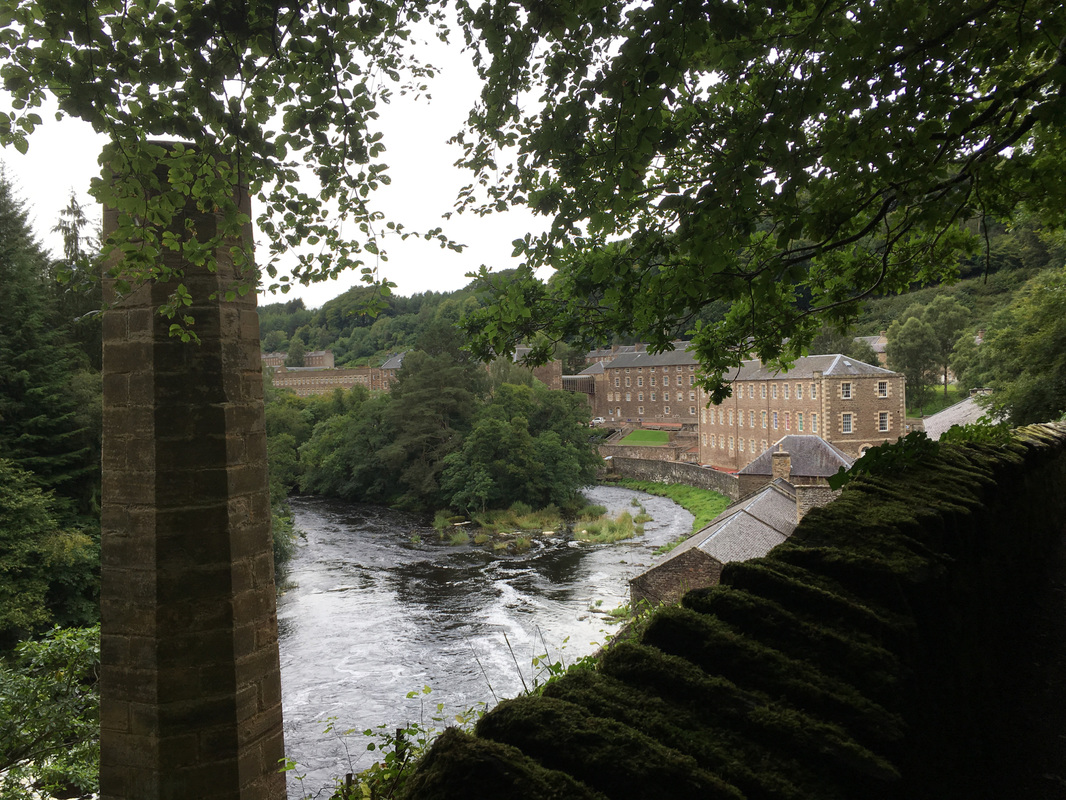
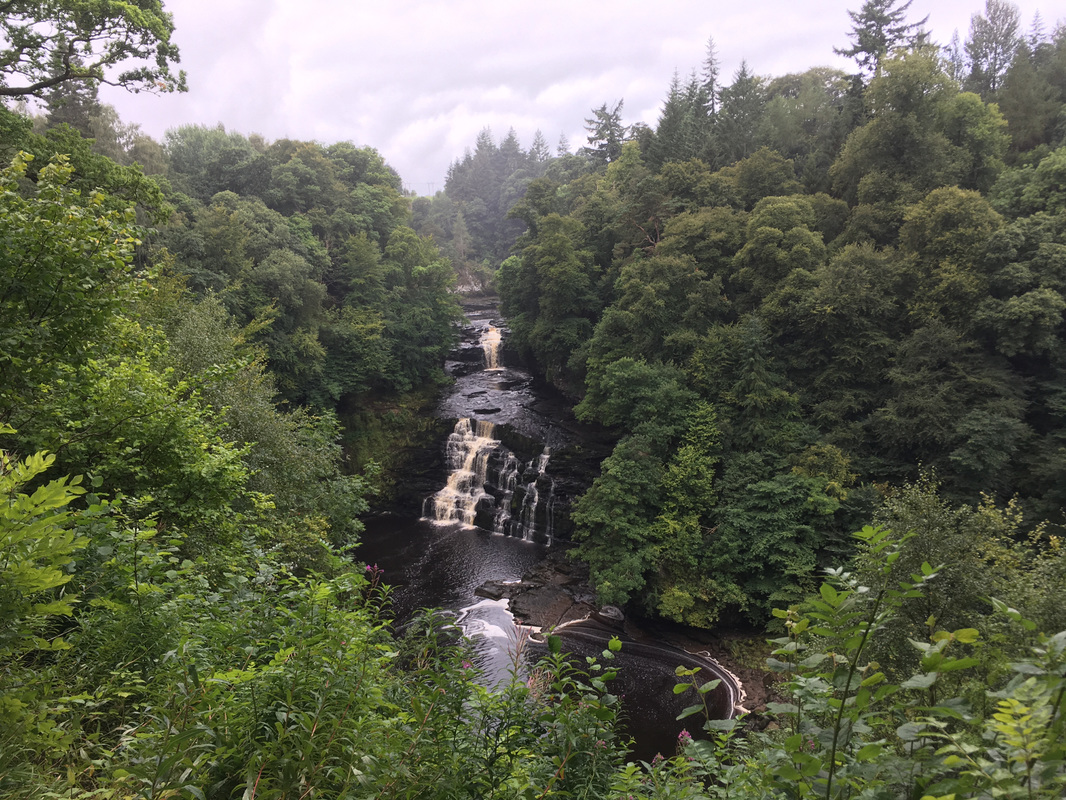
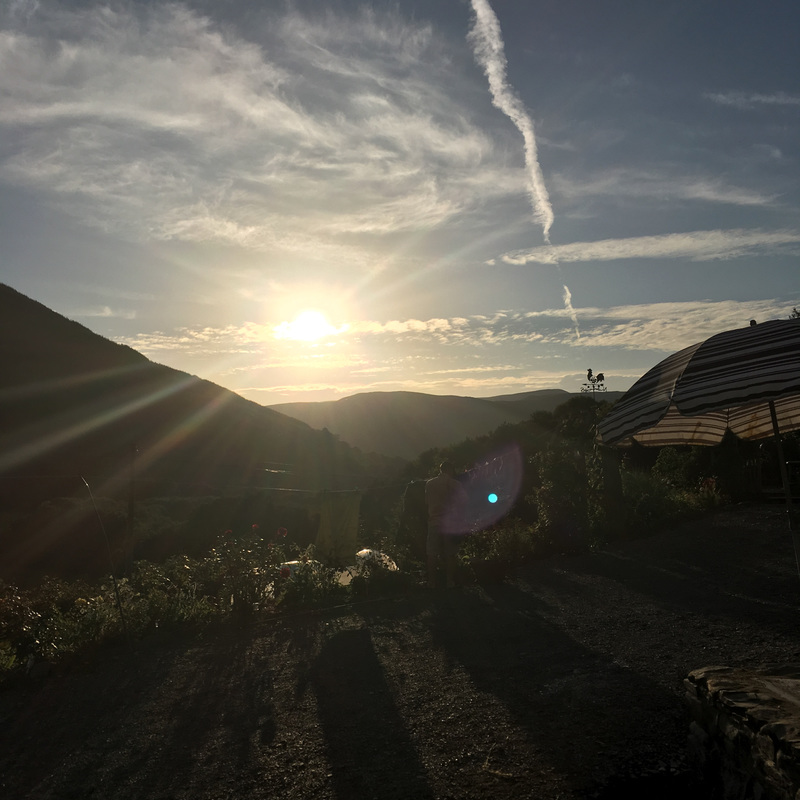
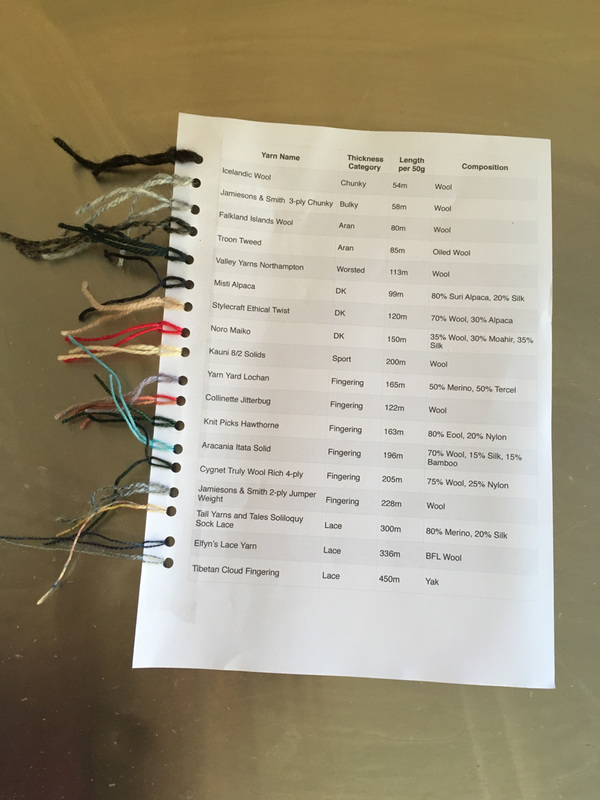
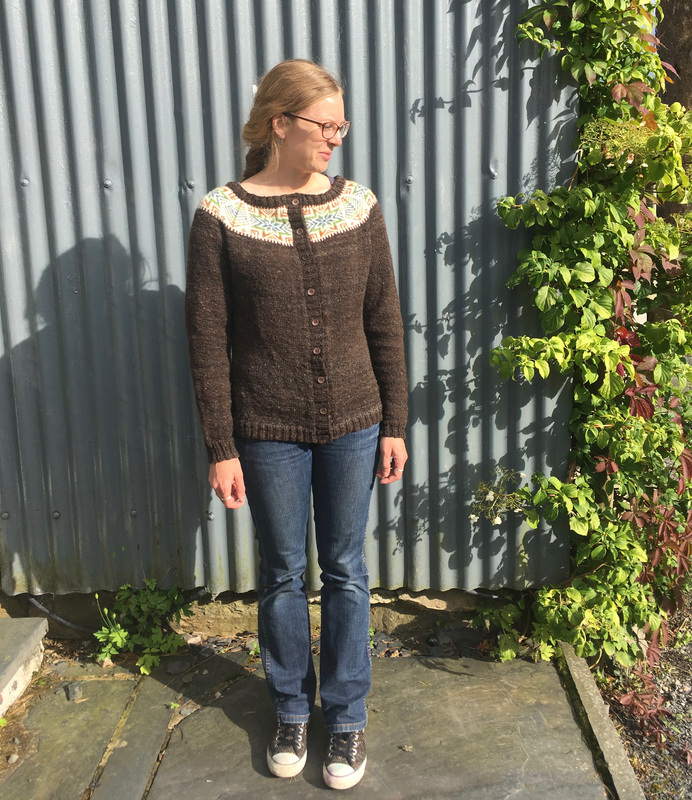
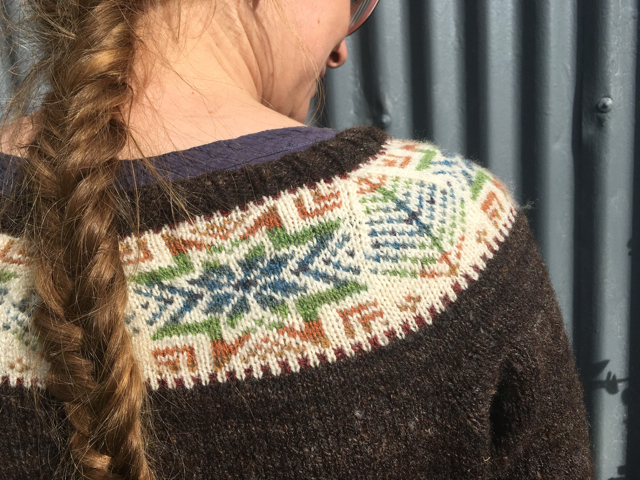
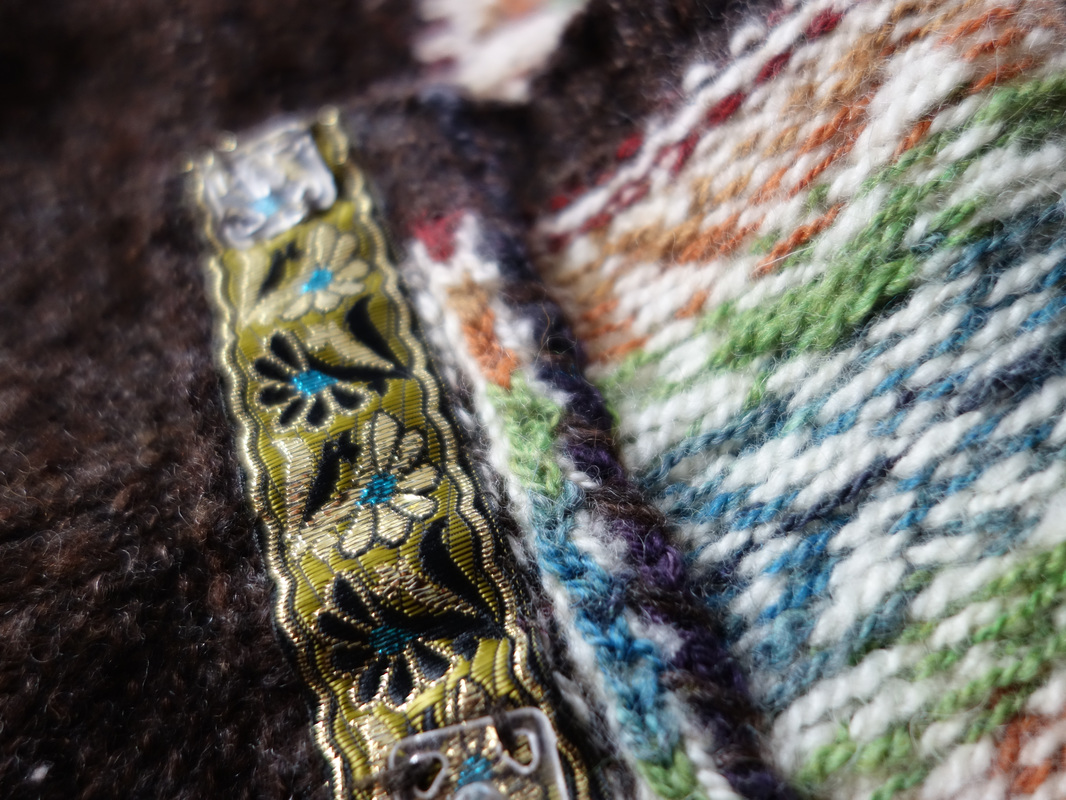
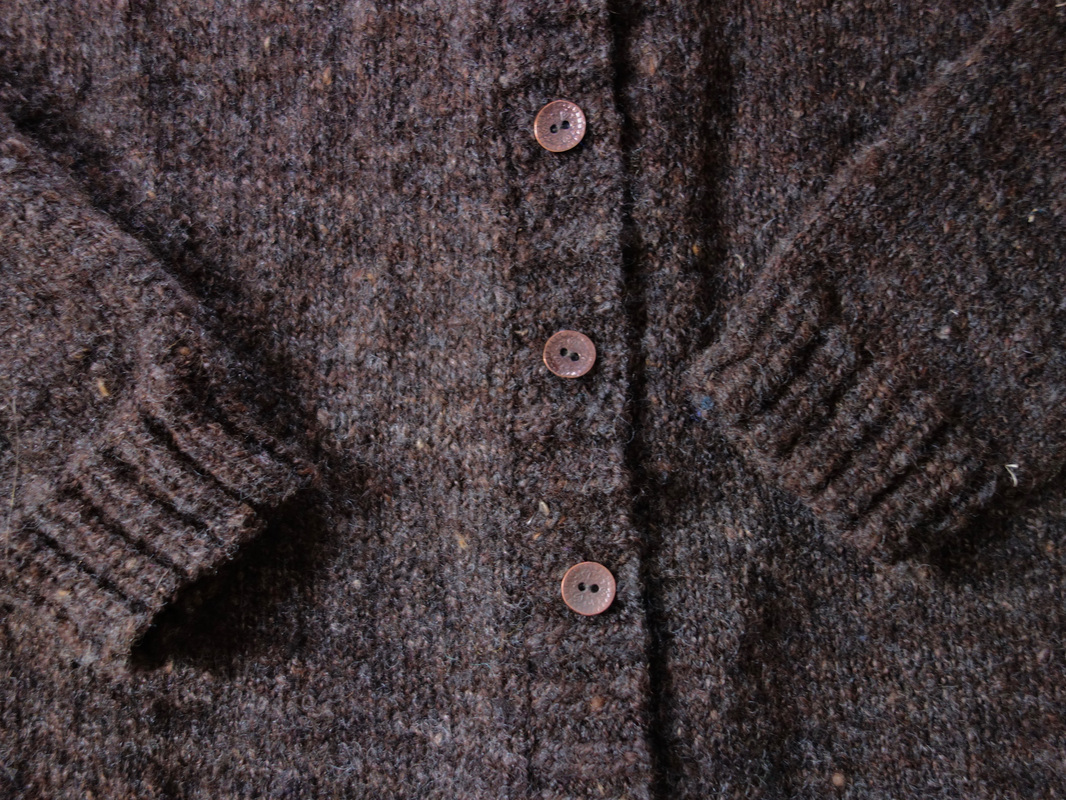
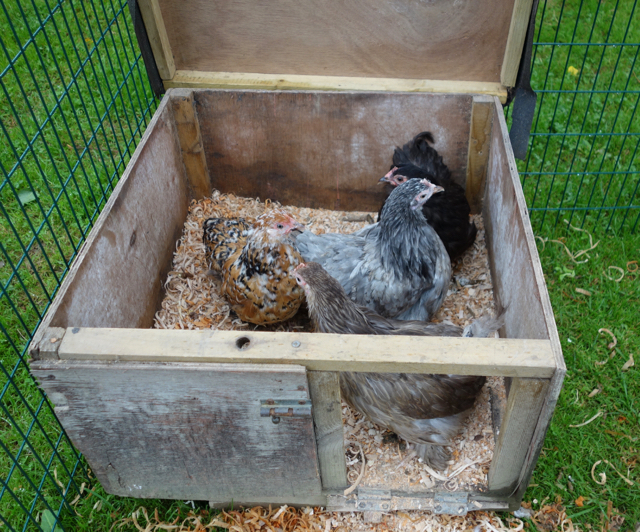
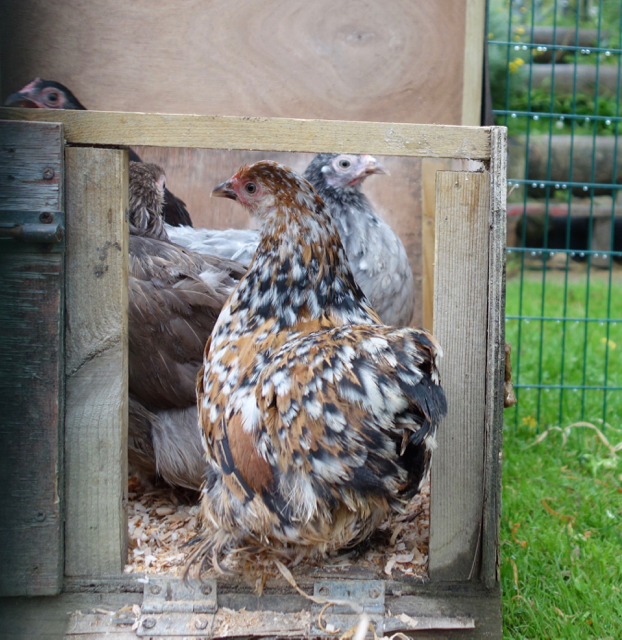
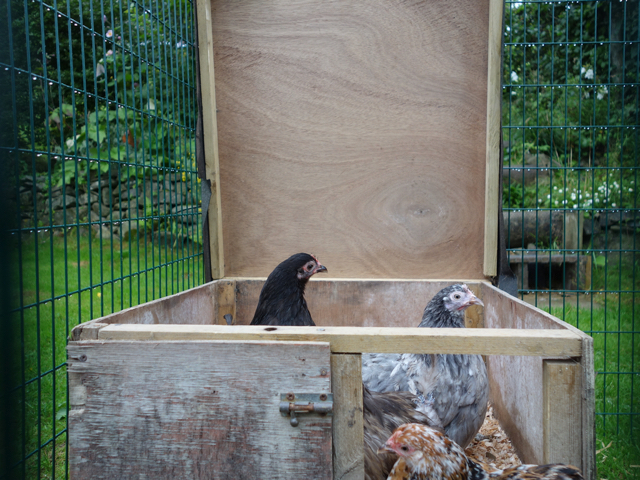
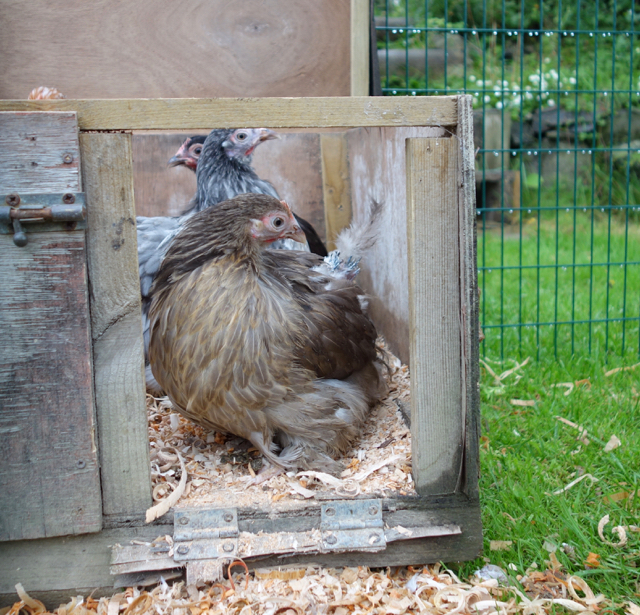
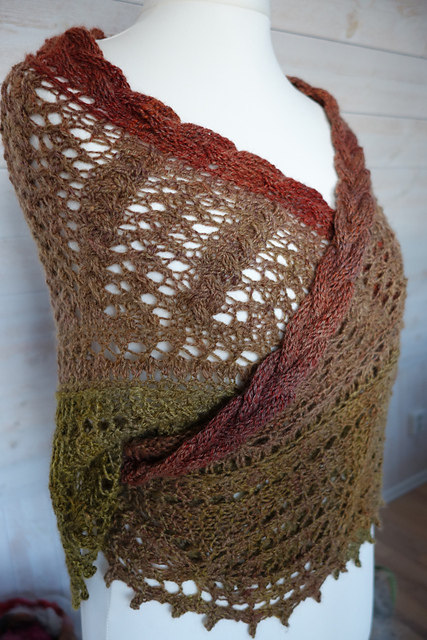
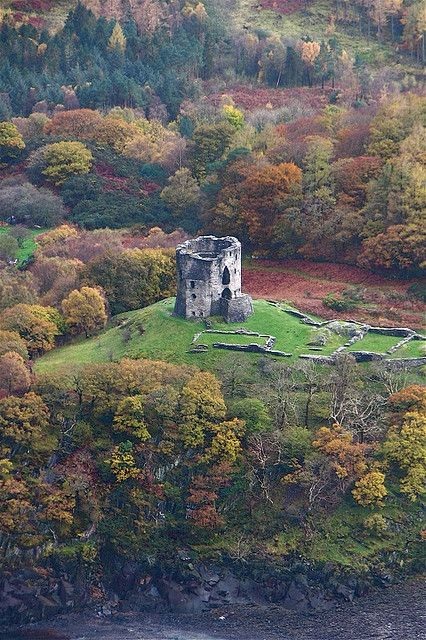
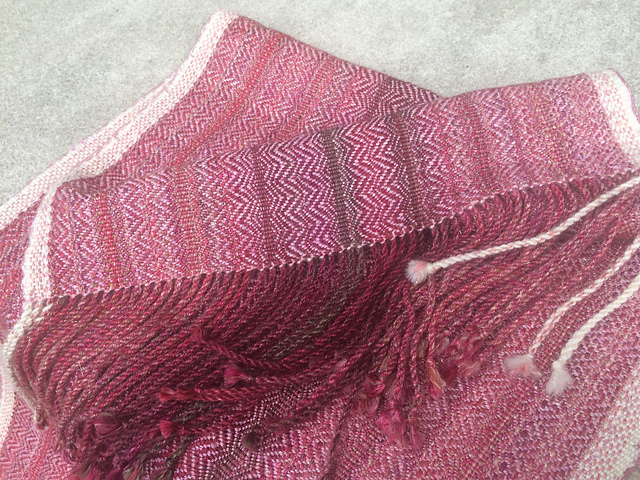
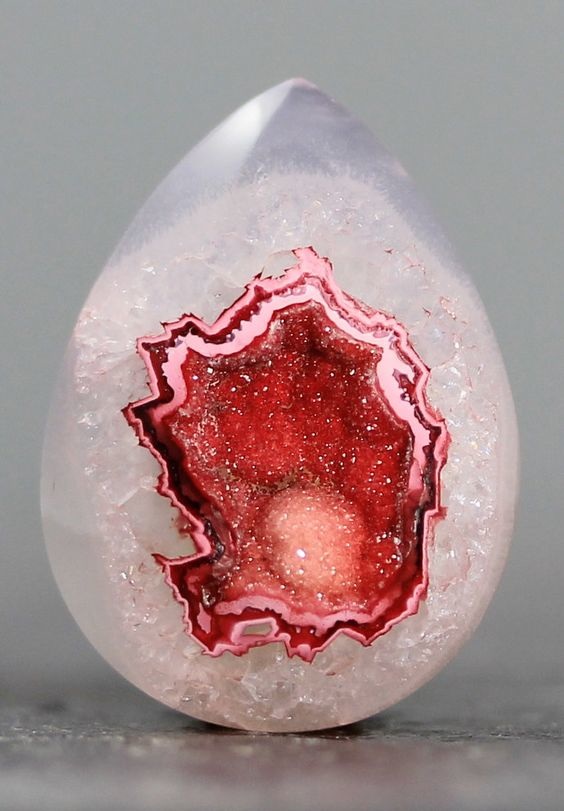
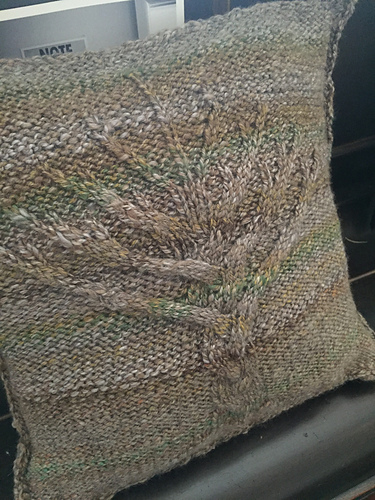
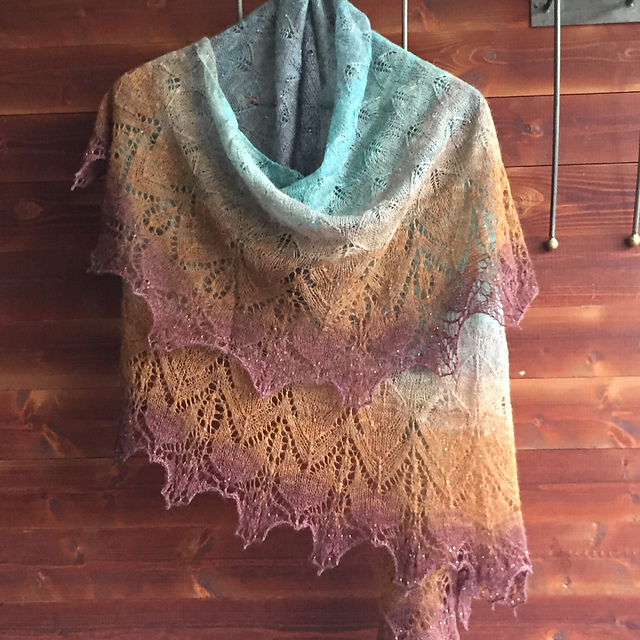
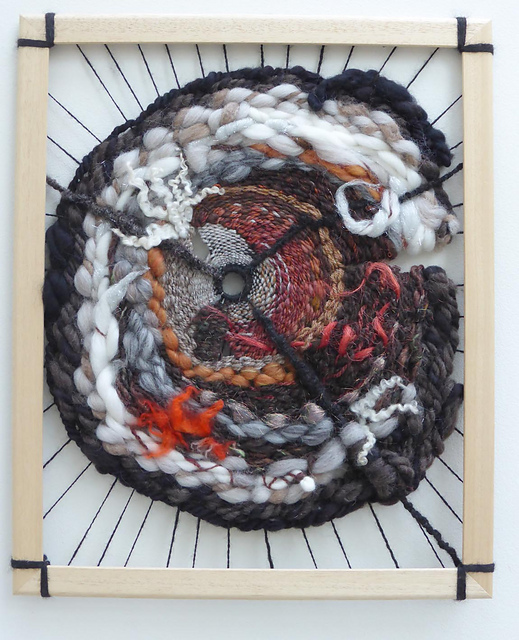
 RSS Feed
RSS Feed


